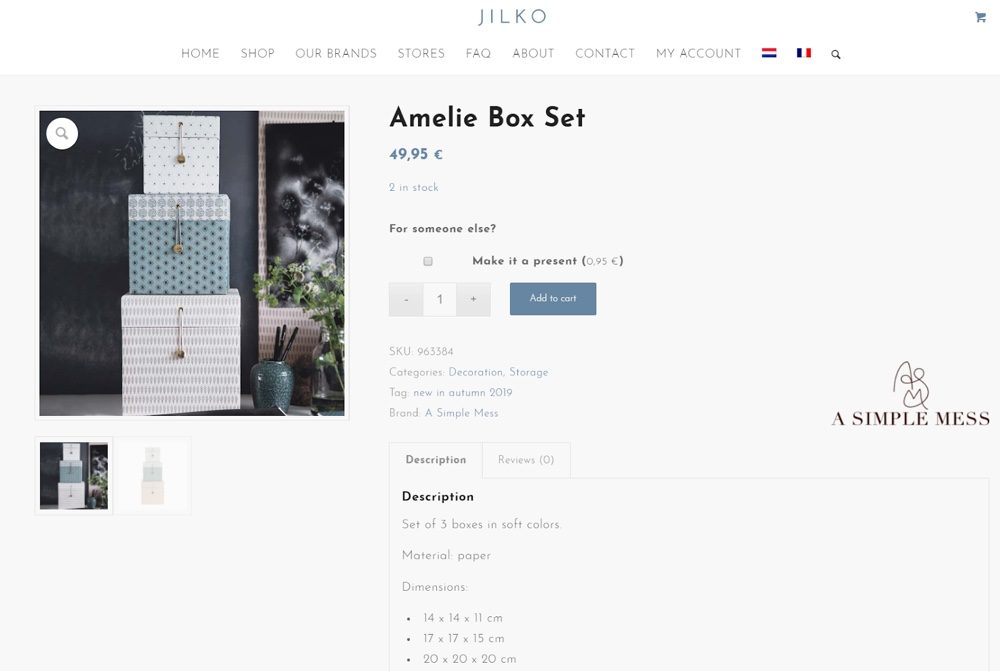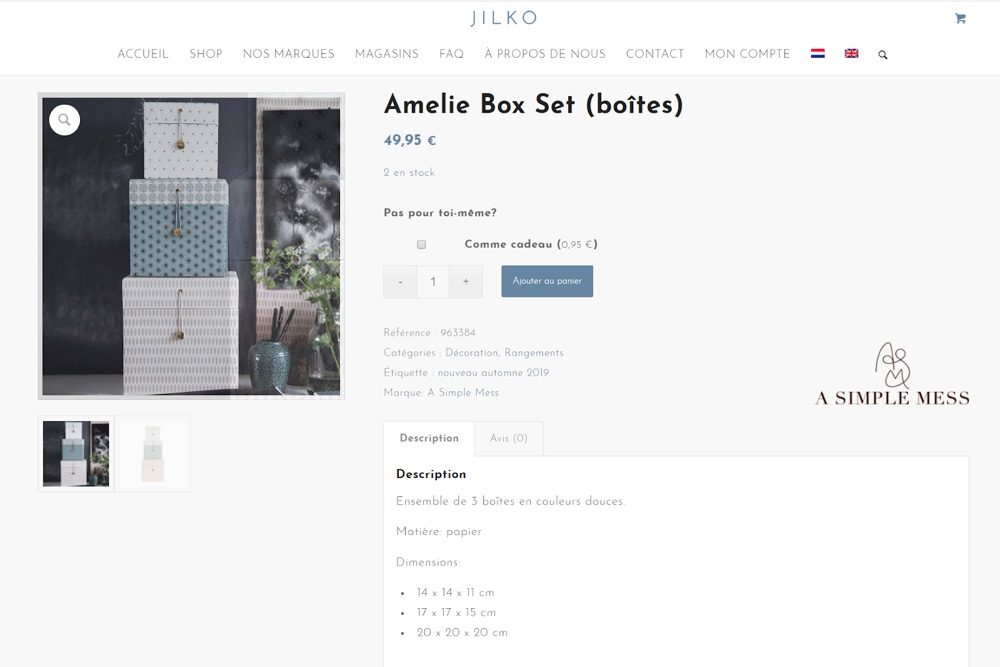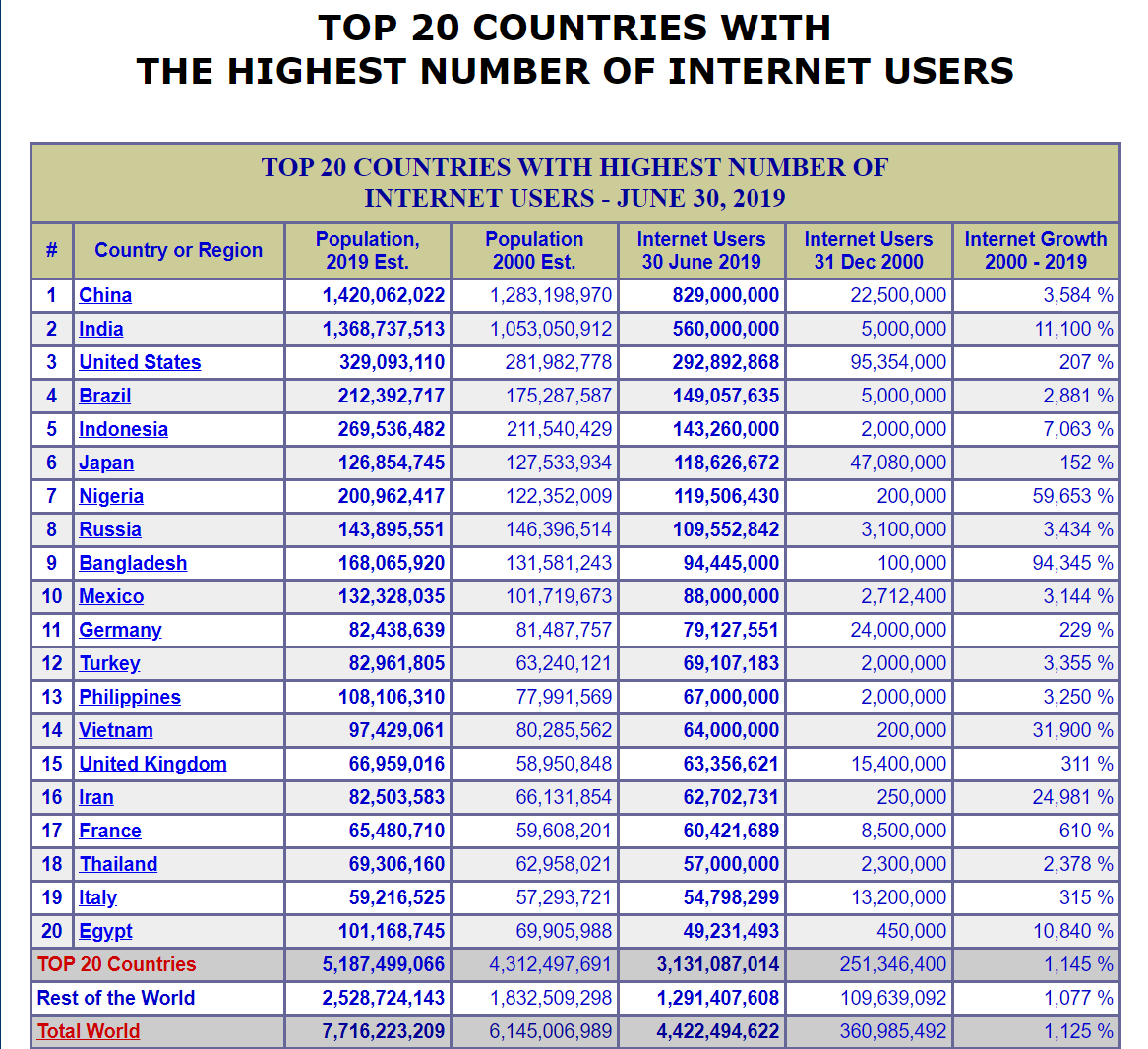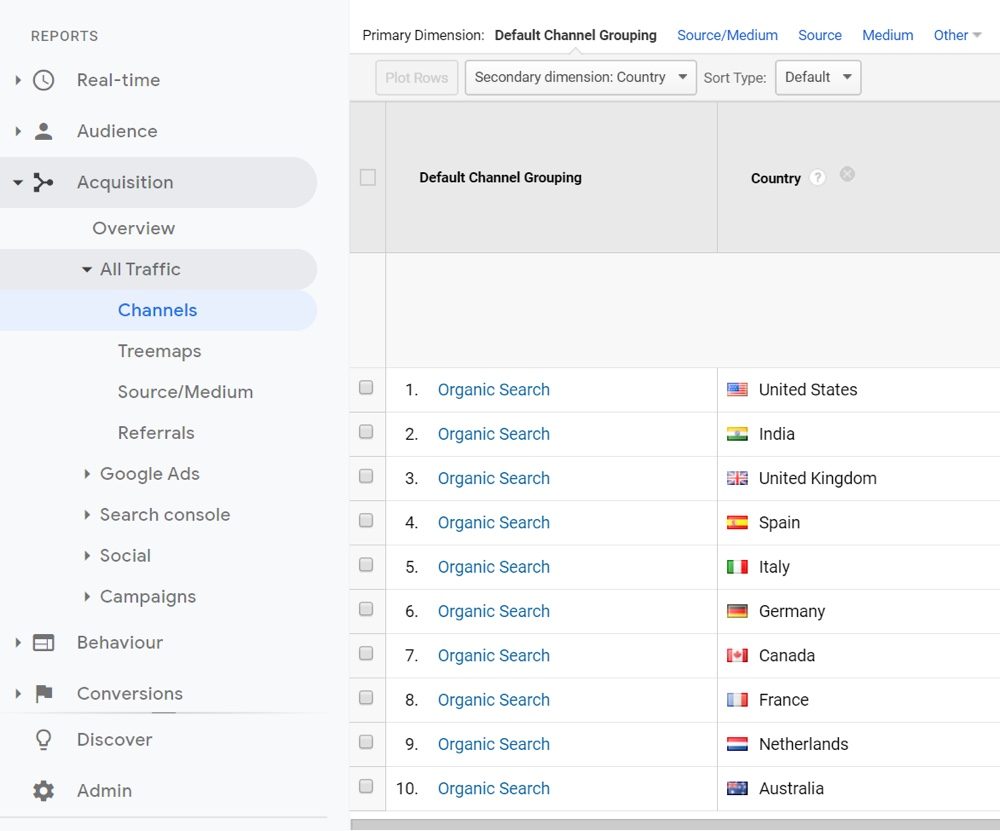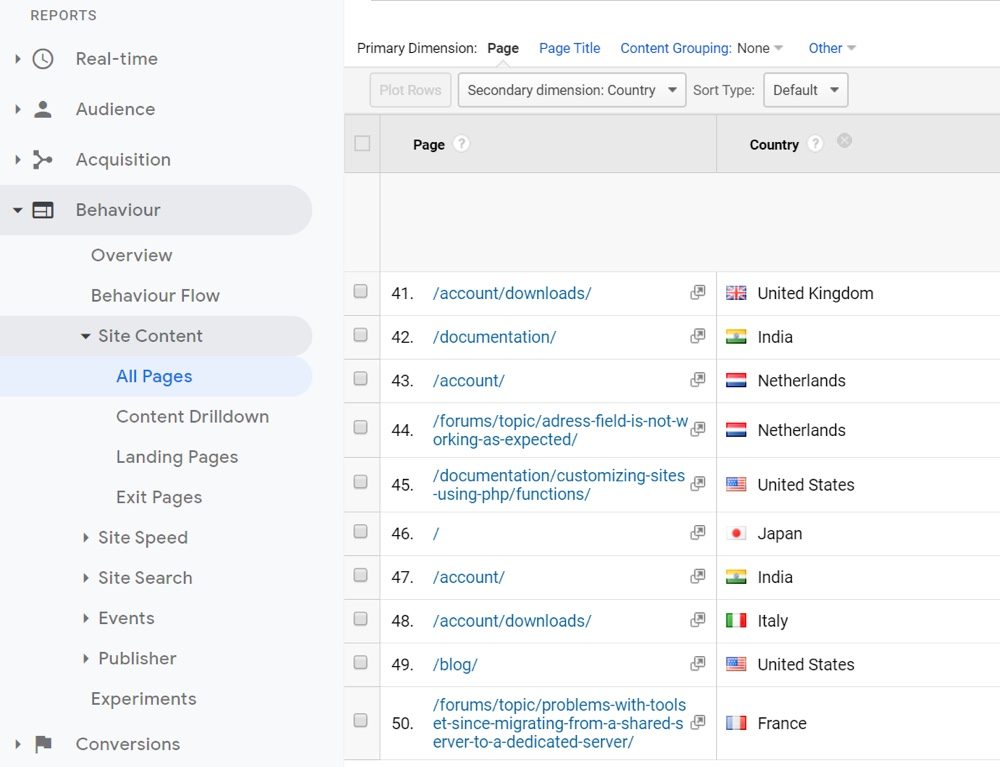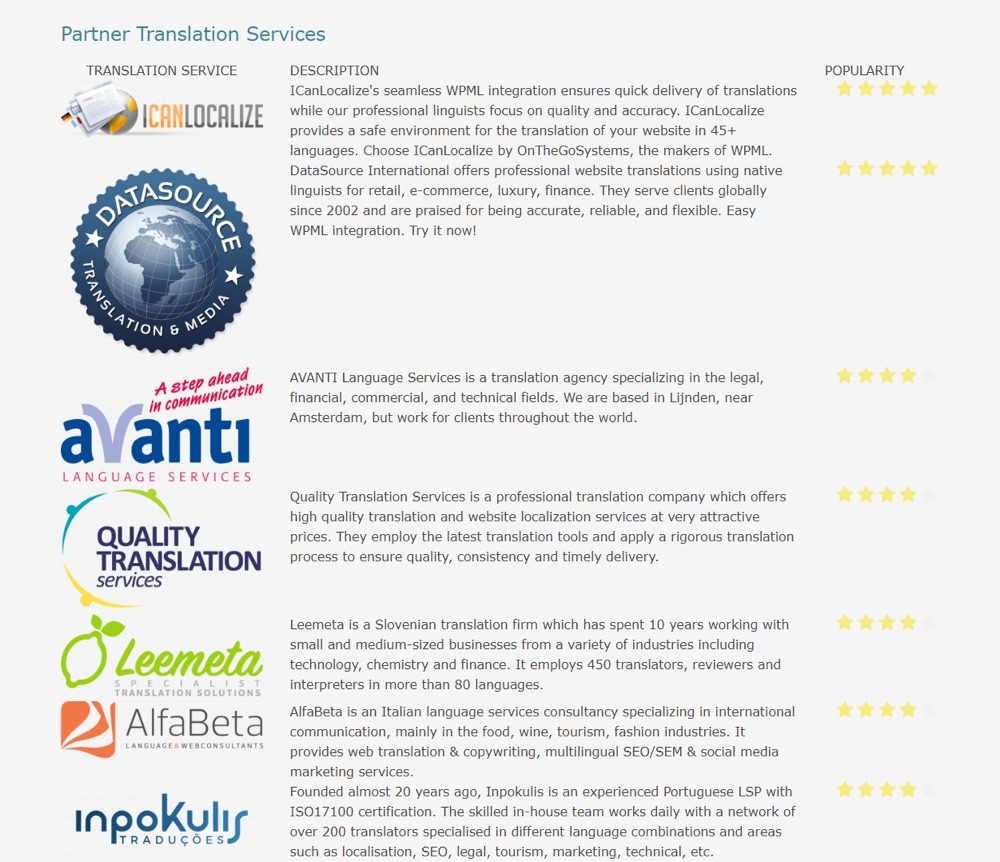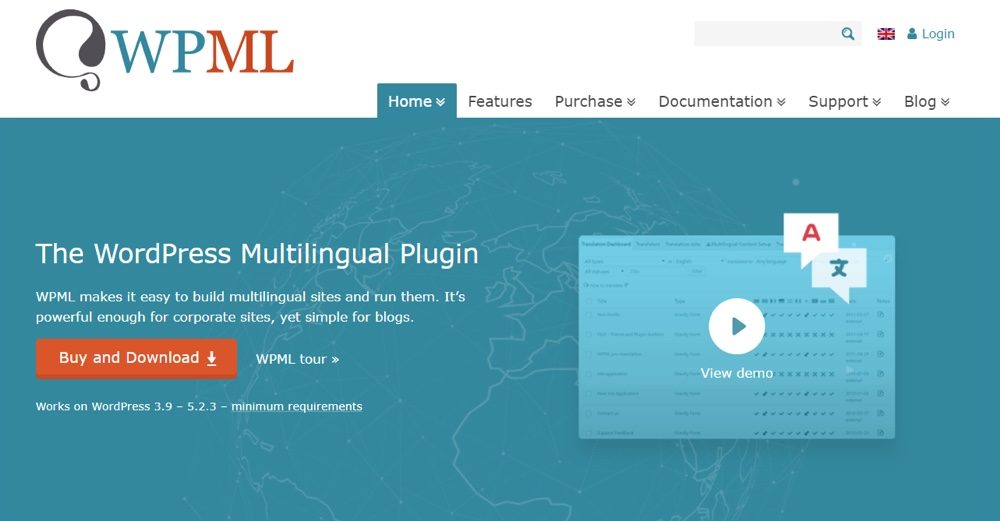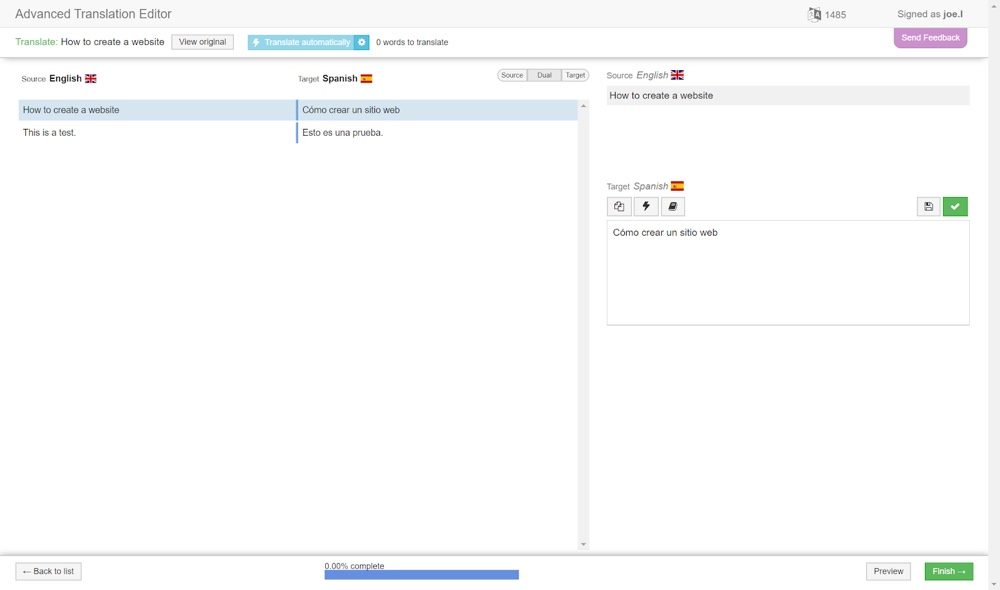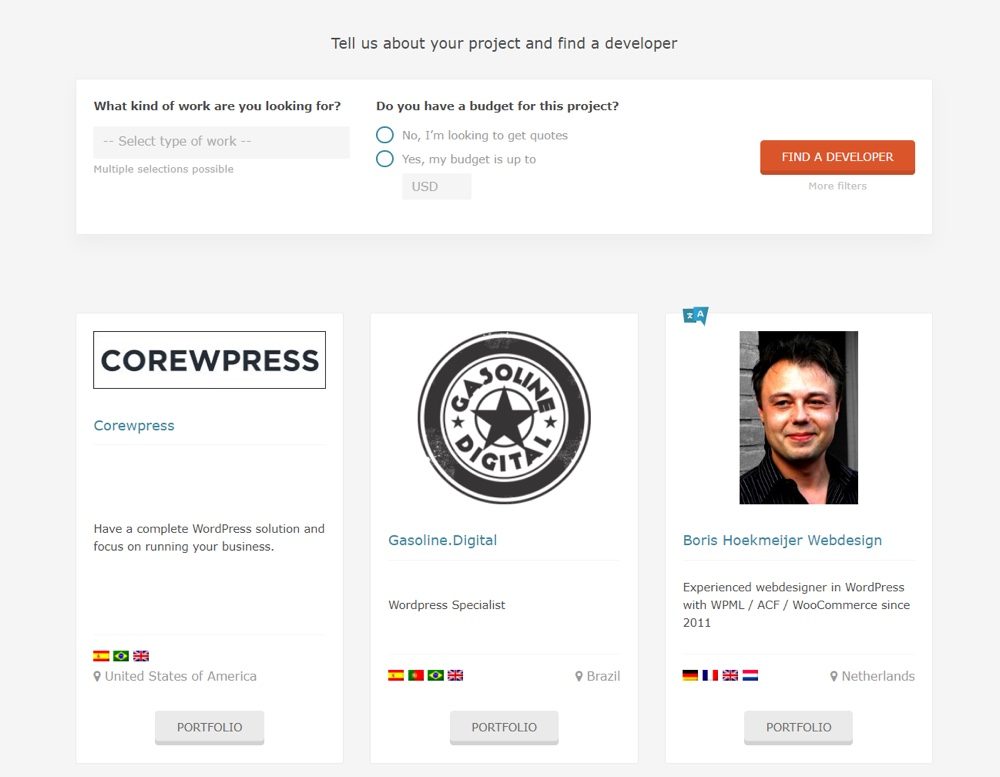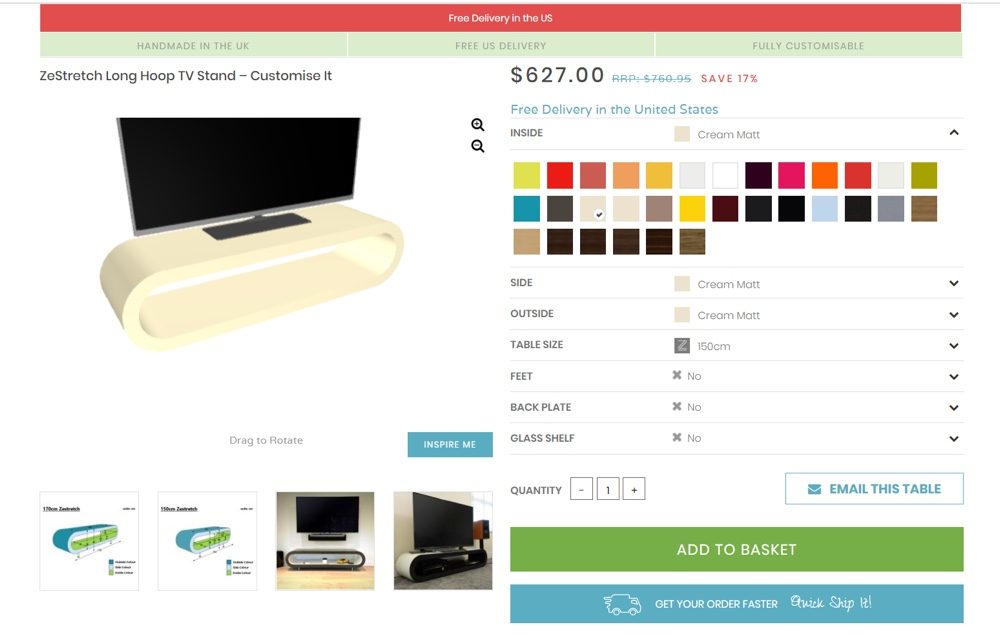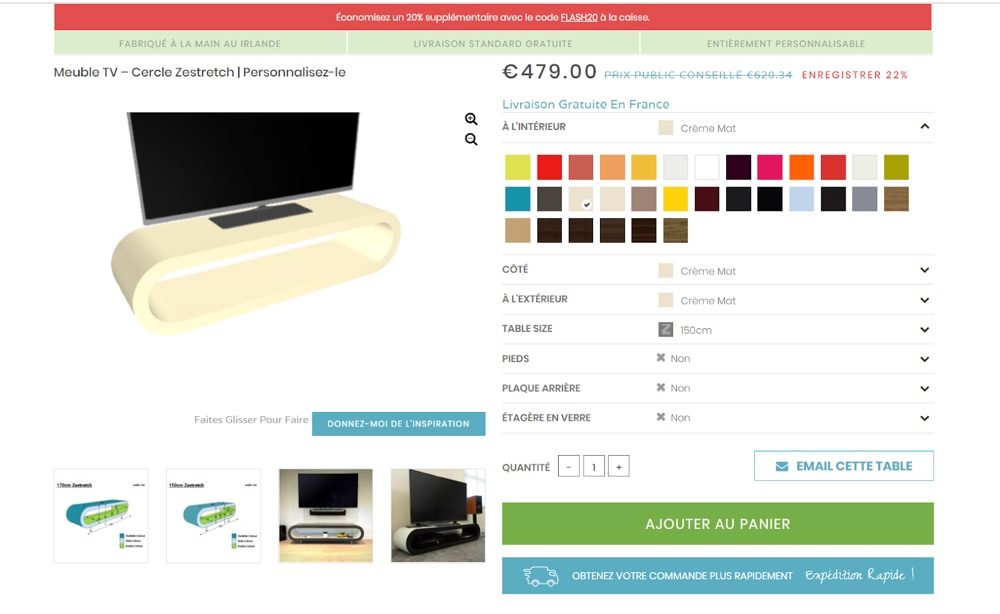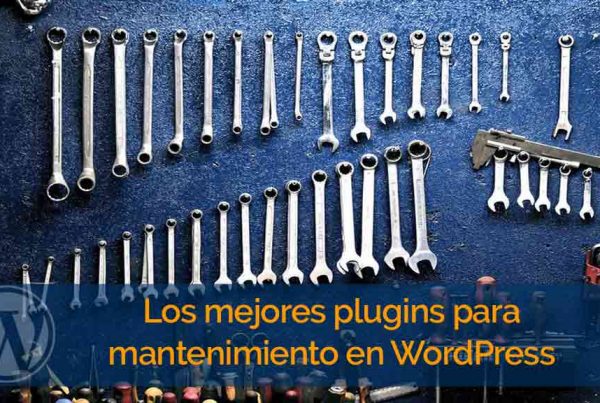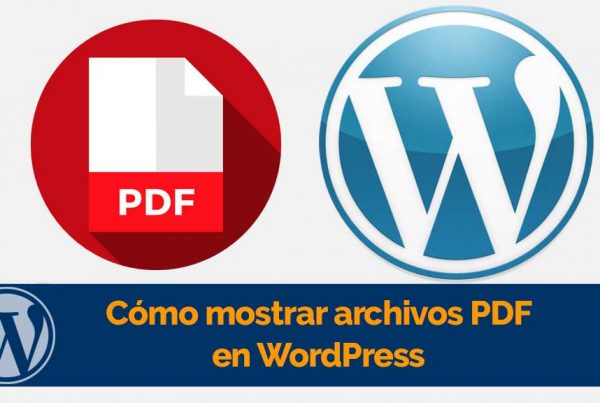We all long to read websites in our native language.
I know this is not exactly a groundbreaking statement, but you would be surprised how many websites assume they can add their content in English and that everyone will want to read it.
In reality, of the approximately 7.5 billion people in the world, only about 360 million consider English as their mother tongue. Translation: More than 7 billion people would prefer to read your website in a language other than English.
Fortunately, there is a simple solution for this. Translation of your website. But the question is how do you go about making sure you maximize your traffic and your sales? Below, we will review the main methods to incorporate into your strategy when translating your website.
Select the correct language to translate
The first, and perhaps most obvious, to consider is which languages you want to translate your content into.
A first look at the languages with the highest number of Internet users will give you an idea of which ones might make sense.
As you can see, the vast majority of countries in the top 20 do not have English as their primary language. So the obvious solution is to translate your website into all the languages in the top 20, right?
The problem is, it will be formidably expensive to translate your website into so many languages in the first place. At the same time, it will also be expensive in terms of money and time to maintain all these languages. And that doesn't just include updating the text. What about customer service? Or the performance of your website? And how will you market to that audience? These and many more are the additional costs that you will need to pay attention to.
Find out where your traffic is coming from
Rather than blindly selecting languages to translate, the first step is to find out where the traffic is coming from.
One of the best alternatives to do this is using Google Analytics to analyze your traffic. Through Google Analytics you can see which countries are searching for your website.
From the results above, for example, you can choose that it makes sense to translate your content into Hindi, Spanish, Italian, German, and French to begin with. At the same time, as it consists of an organic search, you know that you will want to get the most out of your SEO for these particular languages / countries.
Not only that, but if your budget is low and you can't afford to translate your entire website, you can use Google Analytics to identify the best performing pages that are attracting traffic from other countries and basically translate them.
From this, for example, you know that the forum page on address fields must be translated into Dutch and that the download page must be in Italian.
Definitely, countries like India and the United States will not only have a native language to translate, so the science is not exact. But you can use Google Analytics to make smart estimates.
Select the right people to translate your website
If you want your website to be multilingual, one of the most important decisions will be choosing who will actually translate your website.
Don't use machine translation!
It may be tempting to basically copy all of your content and paste it into the Google Translate search engine, but this is the worst thing you can do.
First of all, machine translations are not absolutely accurate and you could be left vulnerable to basic errors that will make your website look unprofessional. Google Translate is better designed to give you a general understanding of what the text means rather than an accurate 100% translation.
Worse still, machine translation solutions tend to confuse the sentiment of certain words, which could lead to humorous results (not for you). For example, a sign in Welsh that read 'Explosion in progress' was translated into English as 'employees exploding'. Or when Taco Bell used Google Translate for its Japanese website and inadvertently referred to its "cheese chips" as "low-quality chips."
Hire a professional translator
Instead, the answer is to rely on humans to ensure your translations are as accurate as possible. Better yet, a professional translator with a degree in the field will not only give you correct translations, but will be able to maintain the same sentiment as in the original language. For example, if your original content is full of humor, your translator will be able to reflect it in your new language.
At the same time, professional translators will also be able to navigate the jargon that might be common in their industry. Imagine if you have a medical website. You will use many technical terms that may be difficult to translate into a different language. In spite of everything, there are professional translators specialized in scientific fields who will be able to help you.
At the same time, many languages have different dialects and thus will have different words for the same meaning. To illustrate, Canadian French has a different word for exhaustion compared to Metropolitan French. This means that someone in Quebec may not necessarily understand a post about burnout that will make sense to someone from France. In spite of everything, a professional translator will be aware of this and will be able to adapt the text according to the audience.
Machine and human translators can work together
Actually, the best answer might be to use both human and mechanical translators for your content. You can use machine translation to translate everything and then rely on humans to review the results and make changes to be absolutely accurate.
The WordPress plugin, WPML, offers your Advanced translation editor which allows you to use machine translation on all of your content before a human can review it all line by line. As a result, you benefit from the time saved by machine translation with the precision that a human being provides.
Use a plugin to make your website multilingual
WordPress does not come with a built-in ability to translate websites. Thus, you will need to use a plugin to add content in other languages to your website. Fortunately, there are a number of great options that can meet all of your multilingual needs.
The most popular plugin is WPML, which is installed on more than 700,000 websites. You can use WPML to translate all aspects of your website, including posts / pages, images, URLs, thematic texts, and much more. At the same time, recently renewed his string translation to reduce page load times by more than 50% while using the plugin, which means it will not affect the performance of your site. They actually offer a 12-month money-back performance guarantee if you experience a problem that cannot be resolved by their support.
More information about WPML →
WPML translation management allows you to choose how you want to translate your content. You can do it yourself, assign it to an individual translator, or hire one of the thousands of professional services that are integrated with WPML. You can also translate your content yourself using its Advanced Translation Editor that offers machine translation, a spell checker, and a glossary for whatever jargon you can find.
More information on WooCommerce Multilingual →
WPML also offers a Multilingual WooCommerce plugin, which means you can run your WooCommerce store in multiple languages and currencies. This means that your products, cart, checkout and all other e-commerce pages will be translated. At the same time, you can create multiple currencies, which is a great way to localize your website and make it easier for customers to make purchases; More on that in a moment.
Lastly, if you are building your company website and want to make it multilingual right away, you can use WPML Contractors to find an expert developer who has experience building multi-language websites. Each developer must submit examples of multilingual websites that they have created before being accepted.
Locate your website
To create a multilingual website that increases your sales, you will need to do more than basically translate your website.
First of all, you will need to make the most of your multilingual SEO to ensure that you rank high on Google search pages. To achieve this, you will need to translate your URLs, determine your hreflang attributes, meta descriptions, and much more. You can actually follow R Marketing Digital's SEO best practice tutorial for each of the languages you are translating into.
At the same time as your SEO, you also need to make sure that your customers truly feel as if they are accessing a website from their own country. This includes offering various currencies. For example, you could have an English website, but you probably want to attract customers from the UK, US, Australia, and any other English-speaking country. In this way, you will have to offer the currencies of each of these countries. WPML allows you to create this function.
At the same time, you may want to incorporate shipping costs into the total price of the product you are selling to reduce your shopping cart abandonment rate. In reality, additional or unexpected shipping costs are the cause of cart abandonment more than 50% weather. The answer is to hide shipping classes at the point of purchase so potential customers don't get a nasty surprise with a price increase.
Finally, you must also know the different dialects of a language. For example, in American English, you fill your car with gasoline whereas people in the UK will call it gasoline. Giving users this familiarity will build trust in your brand, making them more likely to buy your products.
When it comes to translating your business website, first answer a few questions about how you want to approach it. What languages are you translating into, who will translate it, what plugin will you use? In closing, here are some suggestions to help you:
- Research the countries you get the most traffic from
- Avoid machine translation alone and use a professional translator or combine the two
- Choose a reliable plugin like WPML
- Remember to translate your entire website, including URLs, meta descriptions, strings, and everything else.
- Make sure you absolutely localize your website offering multiple currencies, hiding shipping classes, and much more.
By following these key steps, you will have a globally bestselling ecommerce website than ever.

